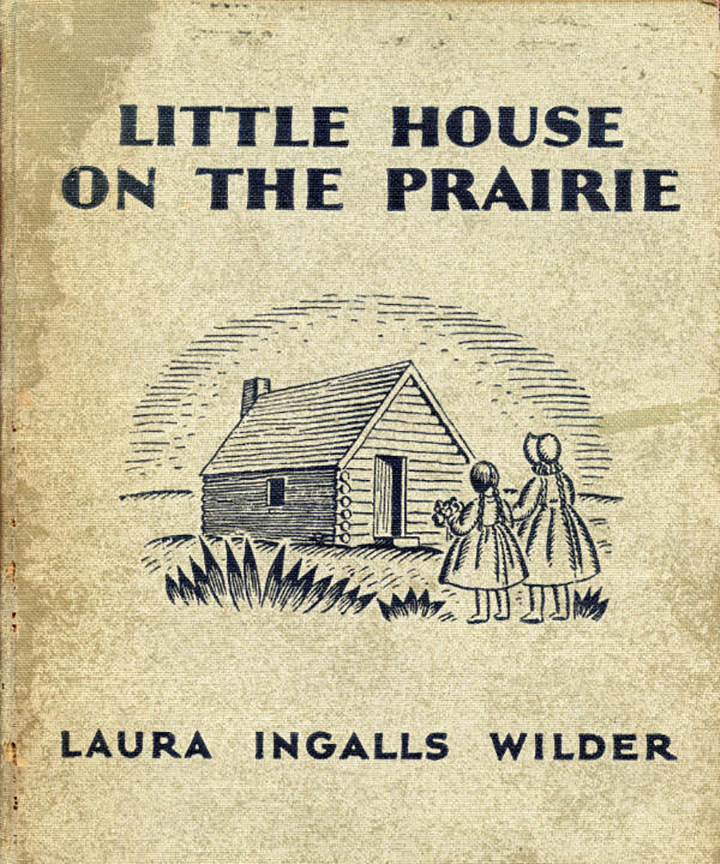What Really Blinded “Little House’s” Mary Ingalls

As a child, I was obsessed with Laura Ingalls Wilder’s Little House on the Prairie book series, as well as the television show it inspired. Like many Little House fans, I was profoundly dismayed when Mary, Laura’s older sister, became blind, although Mary’s visual impairment became an important part of the storyline in both the books and television series.
In both the books and television show, Mary’s blindness is blamed on a bout of “scarlet fever,” that “settled in her eyes.” (In some other writings, Wilder indicates that Mary had a stroke as well.)
While Mary recovers from her illness, her eyesight continues to decline, until eventually she is completely blind.
While generations of Little House fans have unquestioningly accepted this explanation of Mary’s blindness, a professor of pediatric medicine recently decided to investigate Wilder’s version of events. What she discovered suggests that scarlet fever was not the culprit and that an entirely different disorder caused the loss of Mary’s eyesight.
What Really Caused the Blindness
Dr. Beth Tarini, an assistant professor in the Department of Pediatrics and Communicable Diseases at the University of Michigan in Ann Arbor, Michigan, got curious about this question while she was still in medical school. Eventually, she began investigating and discovered that Mary’s symptoms didn’t really square up with scarlet fever.
Instead, Tarini believes that viral meningoencephalitis, a serious neurological condition, caused Mary’s blindness. Tarini and her research assistant came to this conclusion after reviewing both Wilder’s writings, as well as Mary Ingalls’ records at the school she attended. Both Wilder and school records mention that Mary had “brain fever,” an anachronistic term used to describe meningoencephalitis, meningitis or encephalitis, conditions that involve the inflammation of brain or spinal membranes.
Tarini believes that the viral meningoencephalitis diagnosis offers a better explanation for Mary’s symptoms: The condition could have caused the facial paralysis that the Ingalls family attributed to a stroke, as well as a weakening of the optic nerves that caused Mary’s eventual blindness.
Why the Switch?
Nobody knows for sure why Laura Ingalls Wilder chose to call her sister’s condition “scarlet fever,” but Dr. Tarini suggests that scarlet fever, caused by the same bacteria as strep throat, was a better known and understood condition. The mis-identification may have simply been a bit of literary license that made it easier for children to understand the story line, particularly since scarlet fever played an important role in the popular children’s book Little Women by Louisa May Alcott.
(Scarlet fever could indeed be deadly, particularly if it developed into rheumatic fever, though it is now easily treated with antibiotics.)
The Fallout
While Wilder’s decision to simplify her sister’s medical condition for the sake of her audience seems innocent enough, Dr. Tarini notes that the cultural influence of the Little House books and television show causes parents and children alike to panic when receiving a diagnosis of scarlet fever, as they assume that scarlet fever can lead to blindness. This creates unnecessary stress for patients and their families.
Dr. Tarini has some wise counsel for her fellow medical practitioners: ” ‘This research reminds us that our patients may harbor misconceptions about a diagnosis and that we, as physicians, need to be aware of the power of the words we use – because in the end, illness is seen through the eyes of the patient.'”


 United States
United States